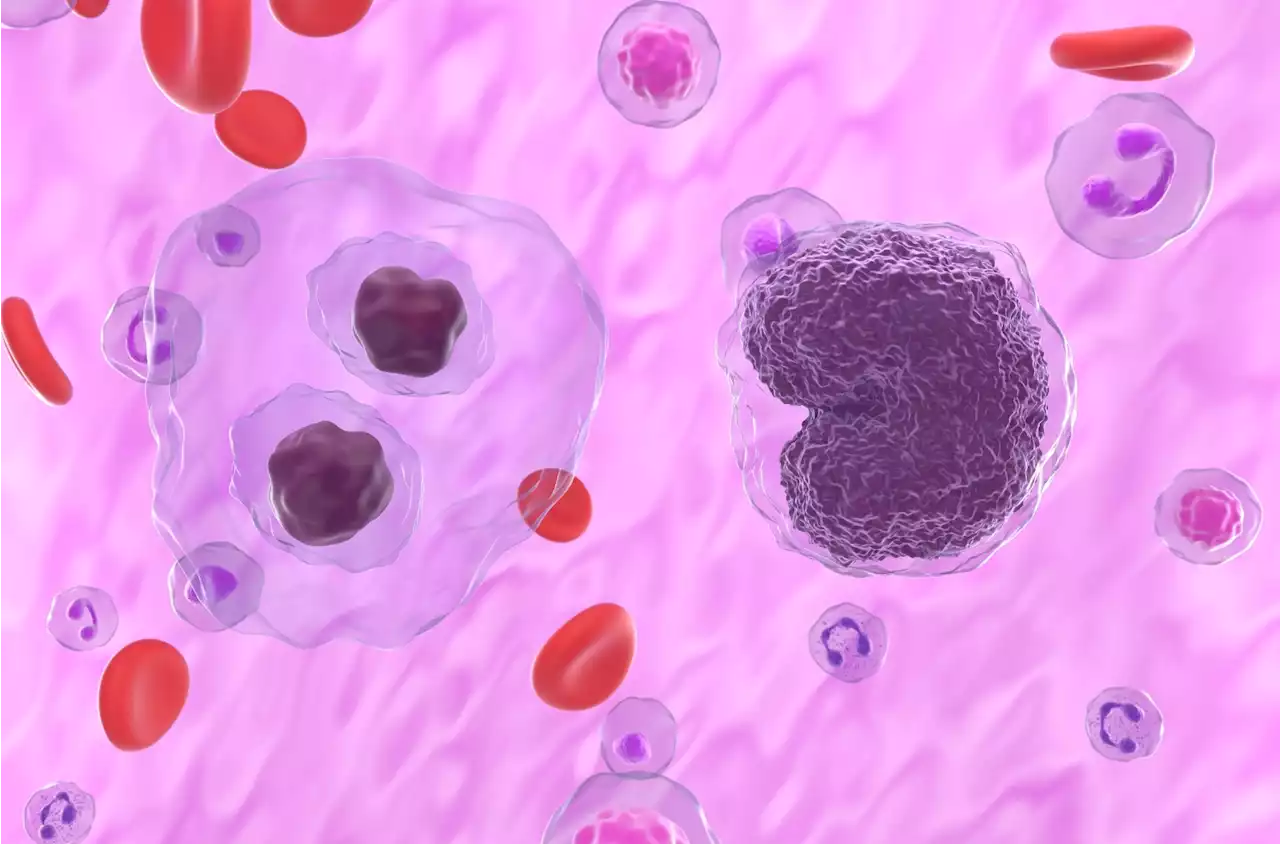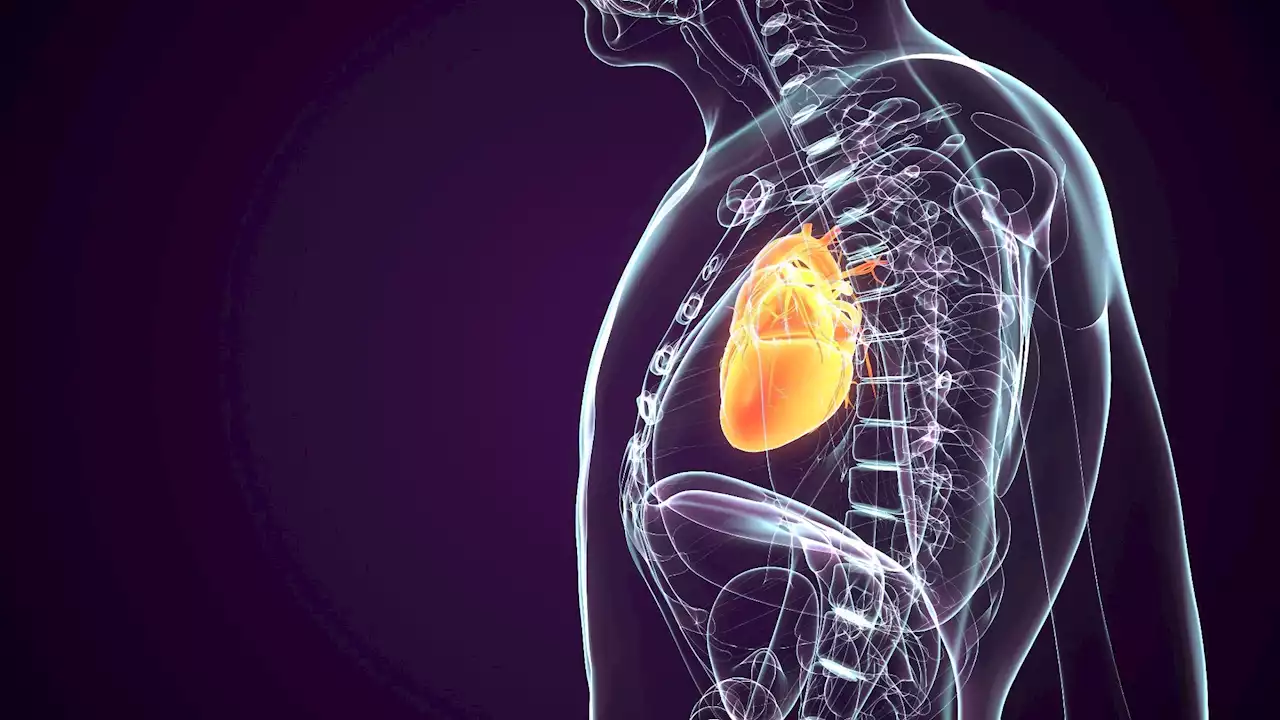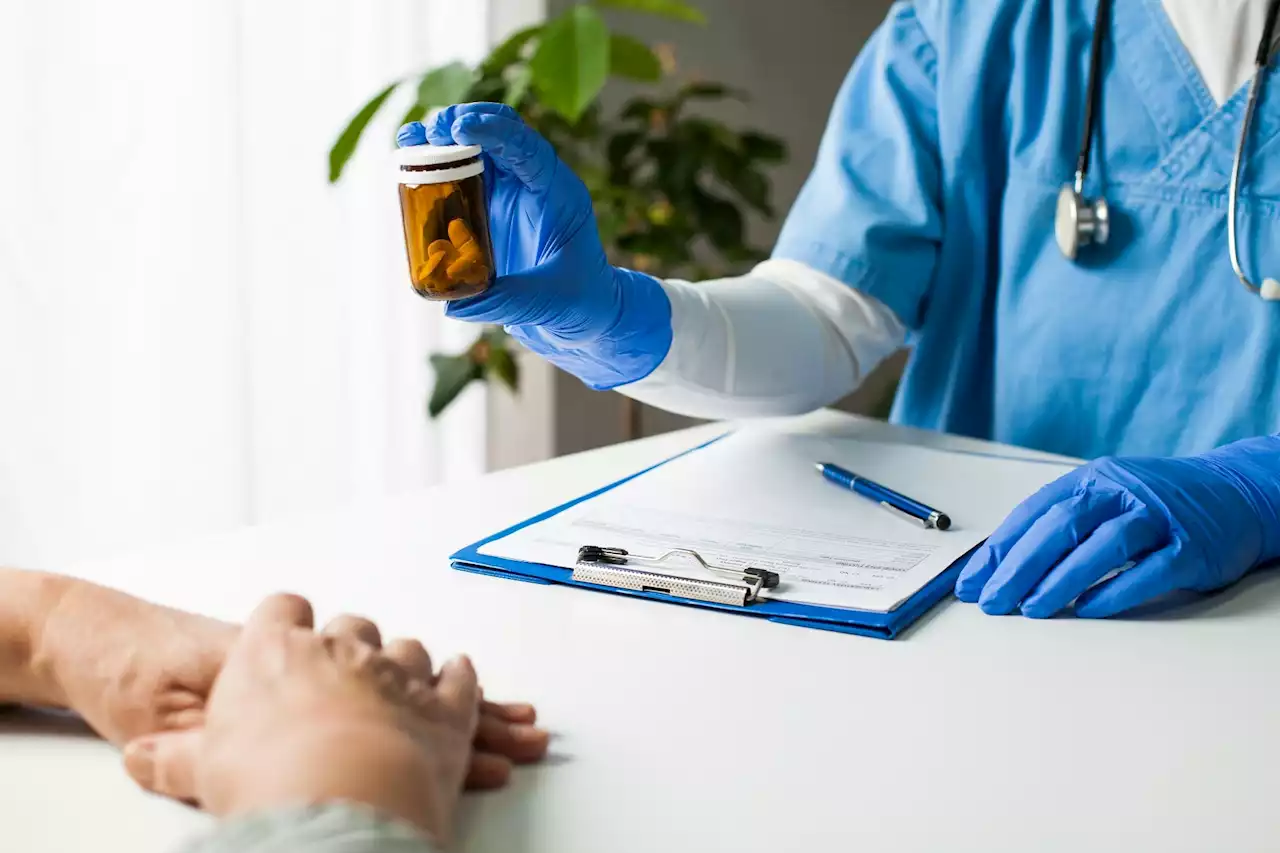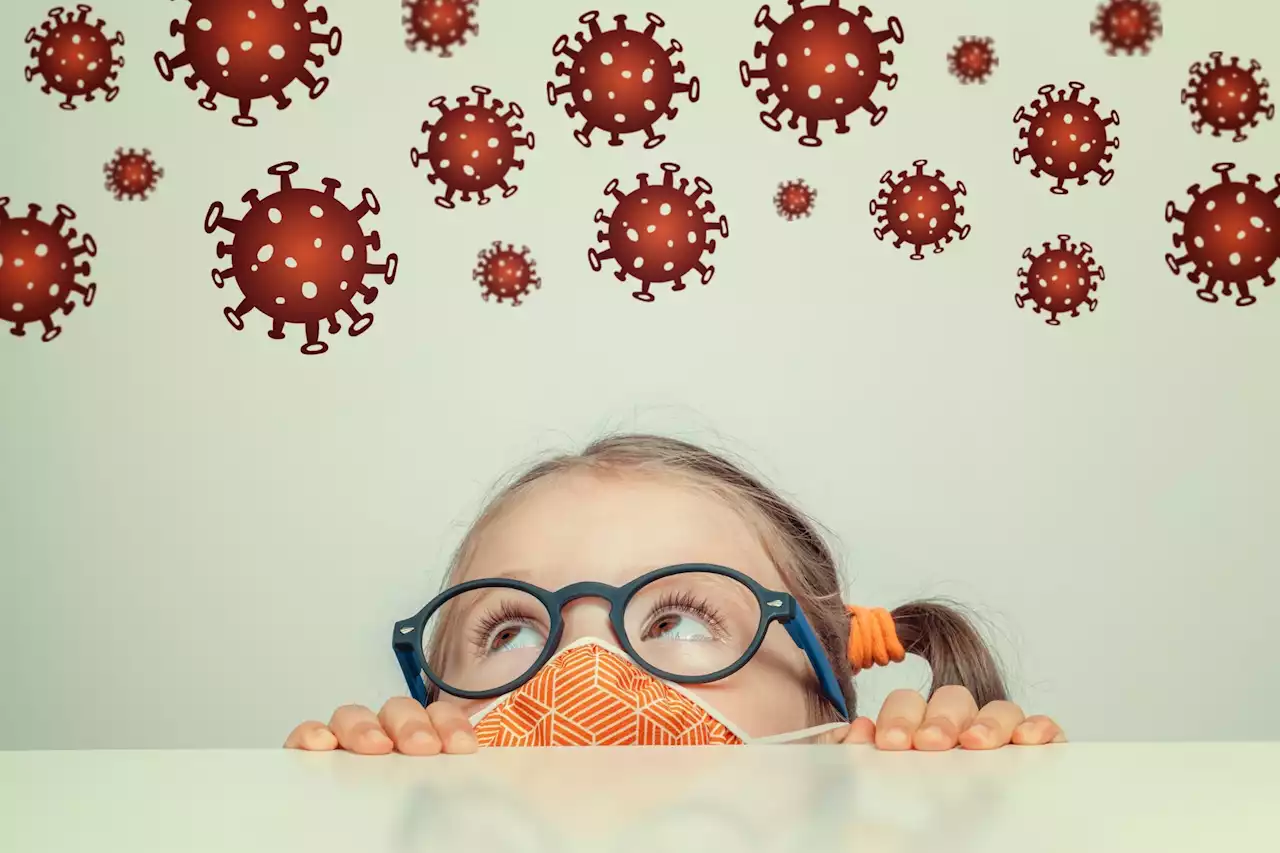Differential effects of SARS-CoV-2 variants on children and adolescents Adolescents Children SARSCoV2 Coronavirus Disease COVID CDC_NCEZID nationwidekids OhioState
By Dr. Priyom Bose, Ph.D.Oct 19 2022Reviewed by Danielle Ellis, B.Sc. The ongoing coronavirus disease 2019 pandemic, caused by severe acute respiratory syndrome coronavirus-2 , has massively affected the global healthcare sector and the economy. Despite adults being mainly affected by the virus, several cases of severe SARS-CoV-2 infection in pediatric patients have been reported.
Since the beginning of the pandemic, the evolution of SARS-CoV-2 occurred due to genomic mutations, which led to the emergence of many variants. These variants have been classified as variants of interest and variants of concern based on their virulence, ability to escape immune responses, and transmissibility compared to the ancestral strain.
About the Study Nasopharyngeal samples were collected from children and adolescents who tested positive between January 1, 2021, and January 15, 2022, via nucleic acid amplification tests . The demographic characteristics, comorbidities, the infecting variant type, and SARS-CoV-2 Ct values of the selected inpatients and outpatients were obtained. The participants were grouped based on their underlying medical conditions, including obesity/underweight, genetic, gastrointestinal, renal, endocrine, neurologic immunocompromised disorders, and hematologic diseases.
Variants screening revealed the presence of twelve SARS-CoV-2 variants, which included nonvariant strain , Alpha , Delta , and Omicron . In addition, other SARS-CoV-2 strains, such as Beta, Zeta, Gamma, Mu, Epsilon, and Eta, were also detected. This finding also revealed that Delta infection was most common in inpatients and outpatients. Likewise, the Alpha and Omicron variant infections were mostly found in outpatients and inpatients.
Danmark Seneste Nyt, Danmark Overskrifter
Similar News:Du kan også læse nyheder, der ligner denne, som vi har indsamlet fra andre nyhedskilder.
 Could COVID-19 infections trigger a relapse of mycosis fungoides or other cutaneous T-cell lymphomas?Recently, authors highlighted the potential role of severe acute respiratory syndrome coronavirus 2 (SARS-CoV-2) infections in triggering the relapse of mycosis fungoides, a type of cutaneous T-cell lymphoma.
Could COVID-19 infections trigger a relapse of mycosis fungoides or other cutaneous T-cell lymphomas?Recently, authors highlighted the potential role of severe acute respiratory syndrome coronavirus 2 (SARS-CoV-2) infections in triggering the relapse of mycosis fungoides, a type of cutaneous T-cell lymphoma.
Læs mere »
 Did the diagnosis and management of Hodgkin lymphoma differ during the SARS-CoV-2 pandemic?In a new study, researchers evaluated the impact of the SARS-CoV-2 pandemic on the diagnosis and treatment of classical Hodgkin lymphoma (cHL) patients in Istanbul, Turkey.
Did the diagnosis and management of Hodgkin lymphoma differ during the SARS-CoV-2 pandemic?In a new study, researchers evaluated the impact of the SARS-CoV-2 pandemic on the diagnosis and treatment of classical Hodgkin lymphoma (cHL) patients in Istanbul, Turkey.
Læs mere »
 Increased TMPRSS2 expression in tongue tissue of females and alcohol drinkers identified as a potential risk factor for SARS-CoV-2 infectionIncreased TMPRSS2 expression in tongue tissue of females and alcohol drinkers identified as a potential risk factor for SARS-CoV-2 infection SARSCoV2 COVID19 coronavirus covid ACE2 tongue alcohol infection
Increased TMPRSS2 expression in tongue tissue of females and alcohol drinkers identified as a potential risk factor for SARS-CoV-2 infectionIncreased TMPRSS2 expression in tongue tissue of females and alcohol drinkers identified as a potential risk factor for SARS-CoV-2 infection SARSCoV2 COVID19 coronavirus covid ACE2 tongue alcohol infection
Læs mere »
 What is the impact of COVID-19 and organophosphates on cardiac health?In a new study, researchers discussed the impacts of organophosphates (OP) and severe acute respiratory syndrome coronavirus 2 (SARS-CoV-2) infections on cardiovascular (CVS) health.
What is the impact of COVID-19 and organophosphates on cardiac health?In a new study, researchers discussed the impacts of organophosphates (OP) and severe acute respiratory syndrome coronavirus 2 (SARS-CoV-2) infections on cardiovascular (CVS) health.
Læs mere »
 Study reviews hydroxychloroquine and remdesivir antiviral potency against SARS‐CoV‐2In a new study, researchers outlined the synthesis and the possible mechanism of action (MOA) of two potential severe acute respiratory syndrome coronavirus 2 (SARS-CoV-2) repurposing drug candidates.
Study reviews hydroxychloroquine and remdesivir antiviral potency against SARS‐CoV‐2In a new study, researchers outlined the synthesis and the possible mechanism of action (MOA) of two potential severe acute respiratory syndrome coronavirus 2 (SARS-CoV-2) repurposing drug candidates.
Læs mere »
 Researchers assess wastewater sampling for SARS-CoV-2 surveillanceResearchers assessed the feasibility of severe acute respiratory syndrome coronavirus 2 (SARS-CoV-2) surveillance using wastewater sampling.
Researchers assess wastewater sampling for SARS-CoV-2 surveillanceResearchers assessed the feasibility of severe acute respiratory syndrome coronavirus 2 (SARS-CoV-2) surveillance using wastewater sampling.
Læs mere »
